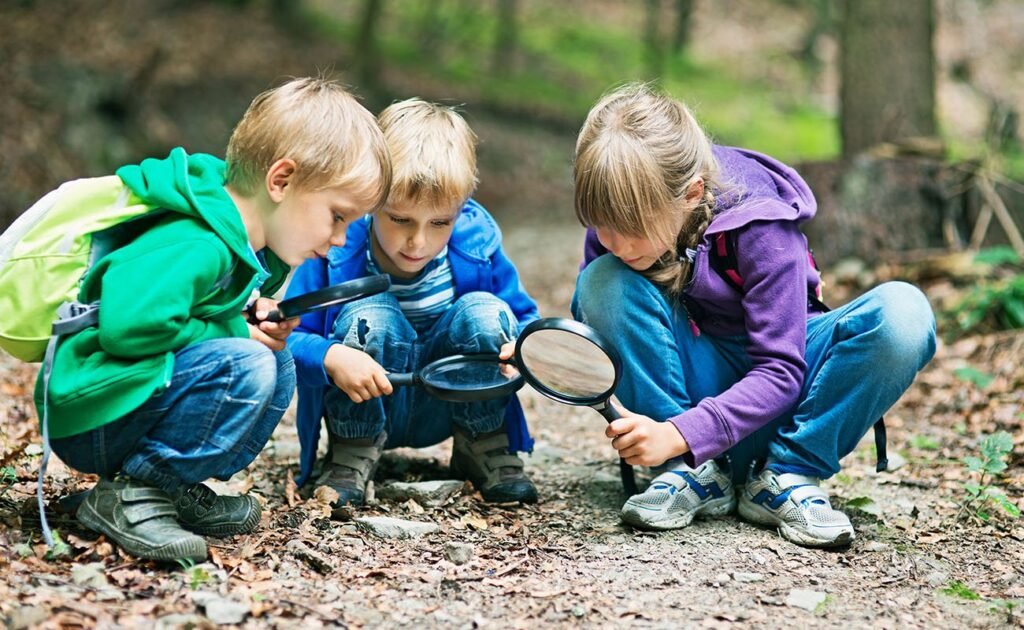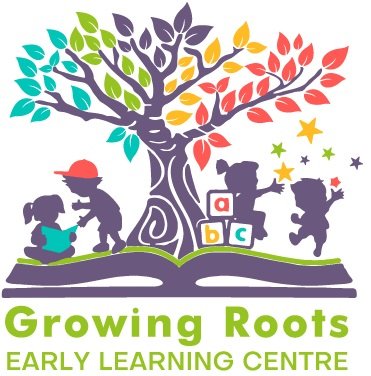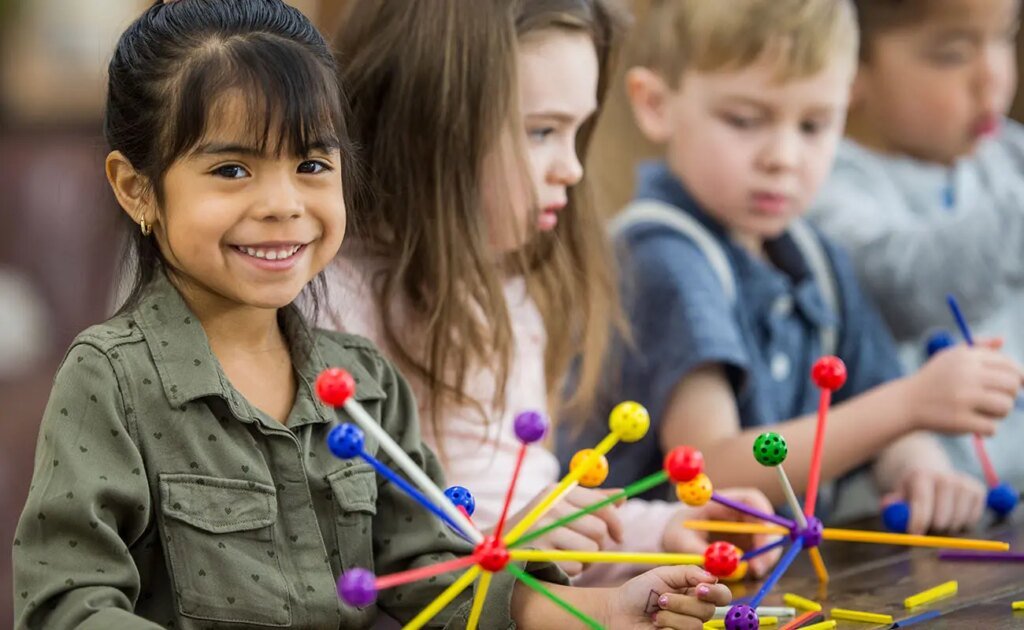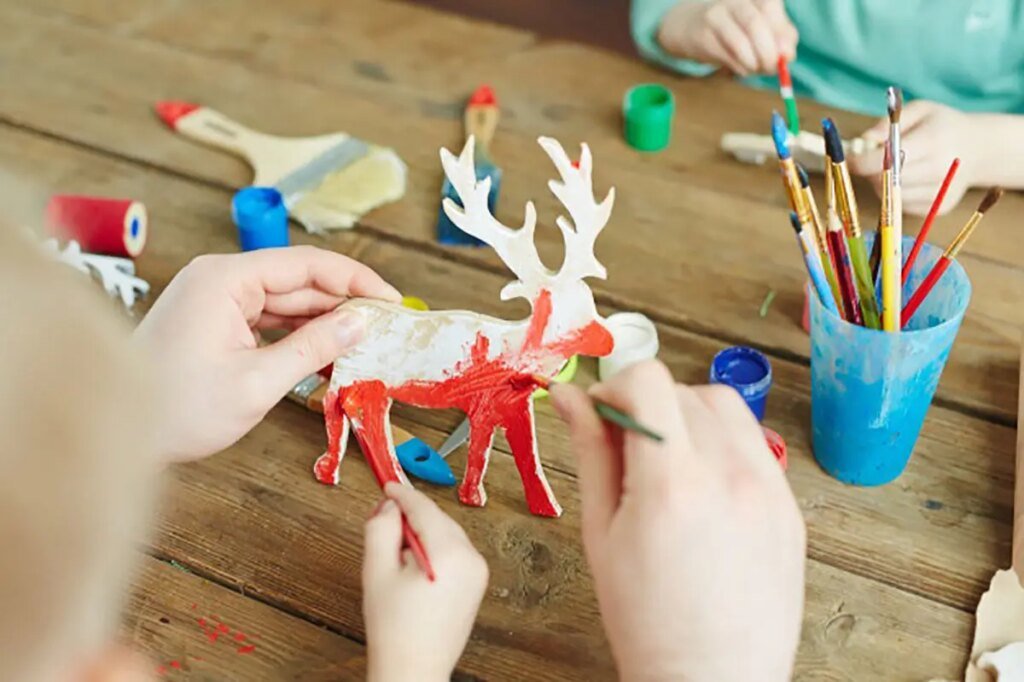Observational Skills

Studying tracks helps children understand the concept of cause and effect. When they see the imprint of a bird's foot in the sand, they realize that the bird's presence caused the track. This basic scientific principle is essential for grasping more complex concepts later on.
Enhancing Fine Motor Skills
Track Hunt: Take a nature walk and look for various tracks. Bring a magnifying glass and a notebook for kids to draw and describe what they find.
Track Making: Use clay or playdough to make tracks using toy animals or objects. Discuss the differences between the tracks.
Track Stories: Encourage children to create stories based on the tracks they find or make. This activity combines creativity with scientific observation.
Track Rubbings: Place a sheet of paper over a track and rub a crayon over it to capture the pattern. This works well with textured surfaces like leaves or coins as well.
Track Comparison: Compare different tracks side by side and talk about the similarities and differences. What do these differences tell us about the creatures or objects that made them?




